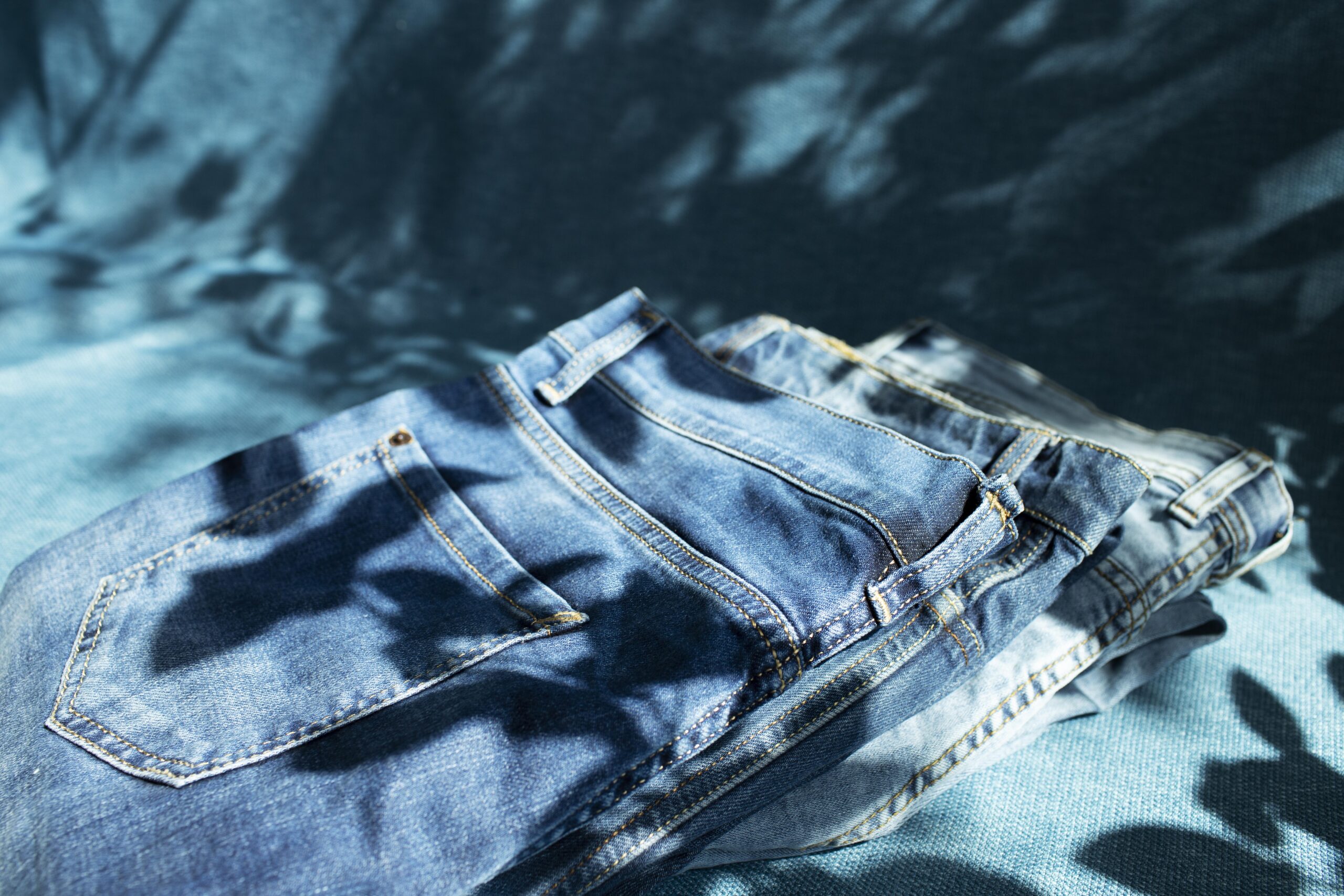“The most sustainable item of clothing is exactly the one you have in your closet”
So says Orsola De Castro, a leading expert on upcycling and recycling of clothes. And how can you blame her? Our planet suffers. We are often the cause of it, but that doesn’t mean there can’t be a solution, quite the contrary!
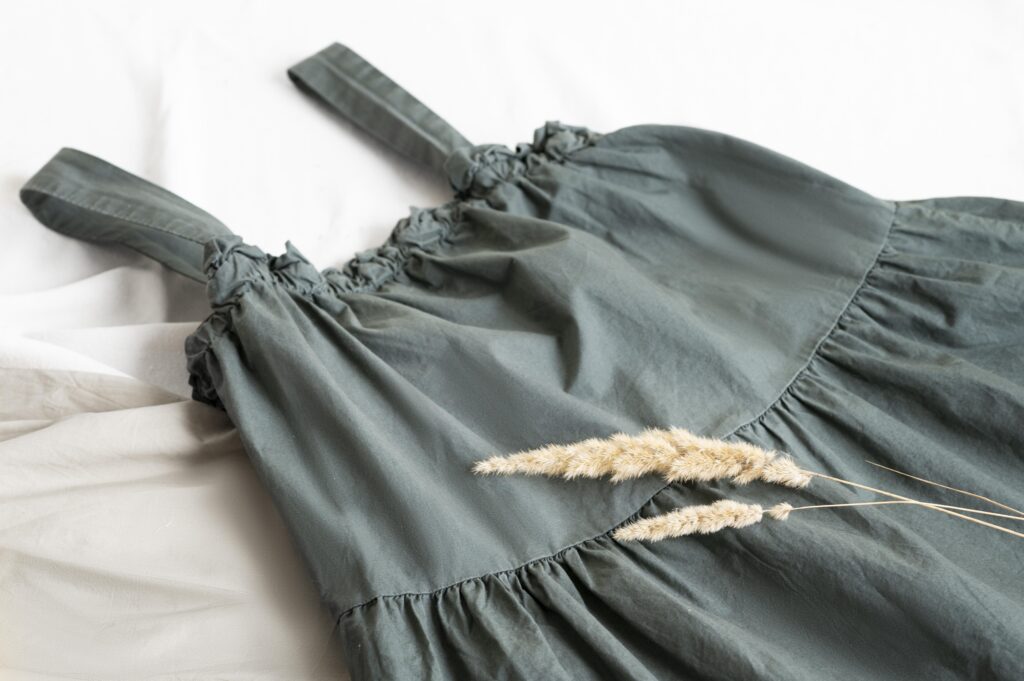
Since 2014 we have been talking about circular fashion, an increasingly widespread trend but, what is it? It is a fashion paradigm capable of ‘reproducing’ without affecting the planet’s resources. This new model leads us to change our way of thinking about the life of a garment and our pre-purchase actions, avoiding compulsive buying.
The circular process begins with the choice of substances and materials that are safe for our health. Natural fabrics are, therefore, preferred and synthetic ones tend to be avoided. This reduces the dispersion of microplastics in the environment. It is a more conscious approach that makes us choose vegan, zero-impact, and eco-friendly fashion.
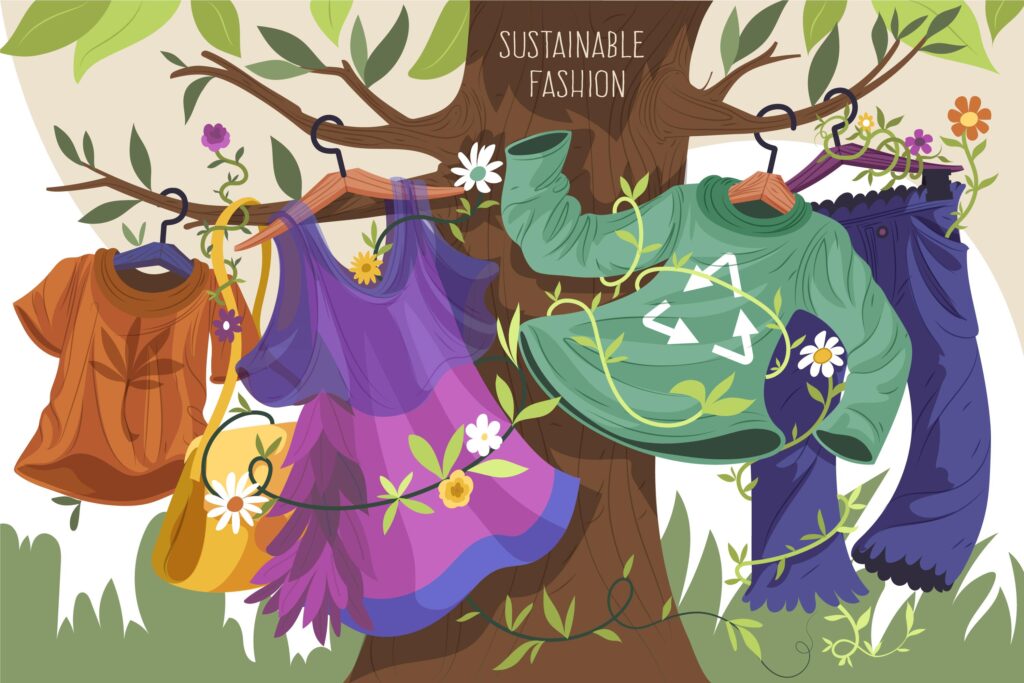
But, does a recycled garment lose its quality?
Statistical data indicate that one European buys an average of 60 items of clothing a year. It is a simple number that should be enough to make us understand the impact that the fashion world has on our planet. The numbers acquire greater significance if we refer to the resources necessary for its production: tons of water and the continuous carbon emissions into the atmosphere.
Buying clothes made with recycled materials does not imply poor quality, but rather a conscious and respectful gesture, and this is why circular fashion is becoming an increasingly widespread trend.
There are also valid alternatives to recycling such as:
- Exchange
- Loan
- Second Hand
- Renting
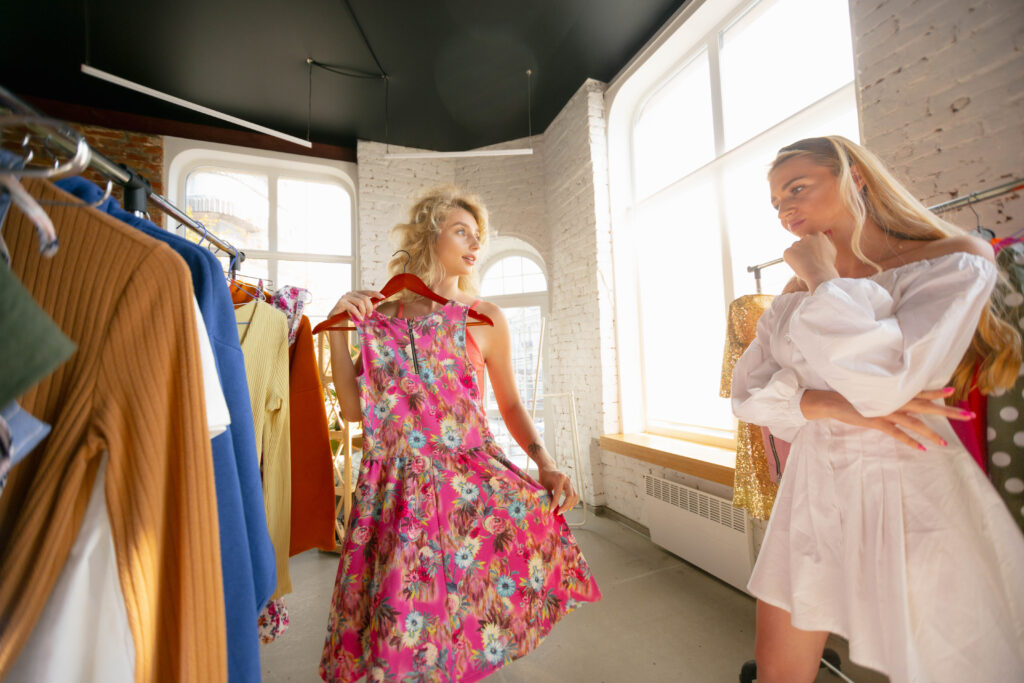
The latter are among the most popular alternatives thanks also to Generation Z for becoming more aware. It is no coincidence that buying vintage clothes or renting them for important events seems to be the preferred solution for most young people.
On Instagram and TikTok it is easy to find information on opportunities to buy used clothes at affordable prices. We find information about markets in big cities like Milan and Rome, about shops like Humana Vintage, or “nomadic” markets like VinoKilo. This creates a real trend that people don’t want to give up.
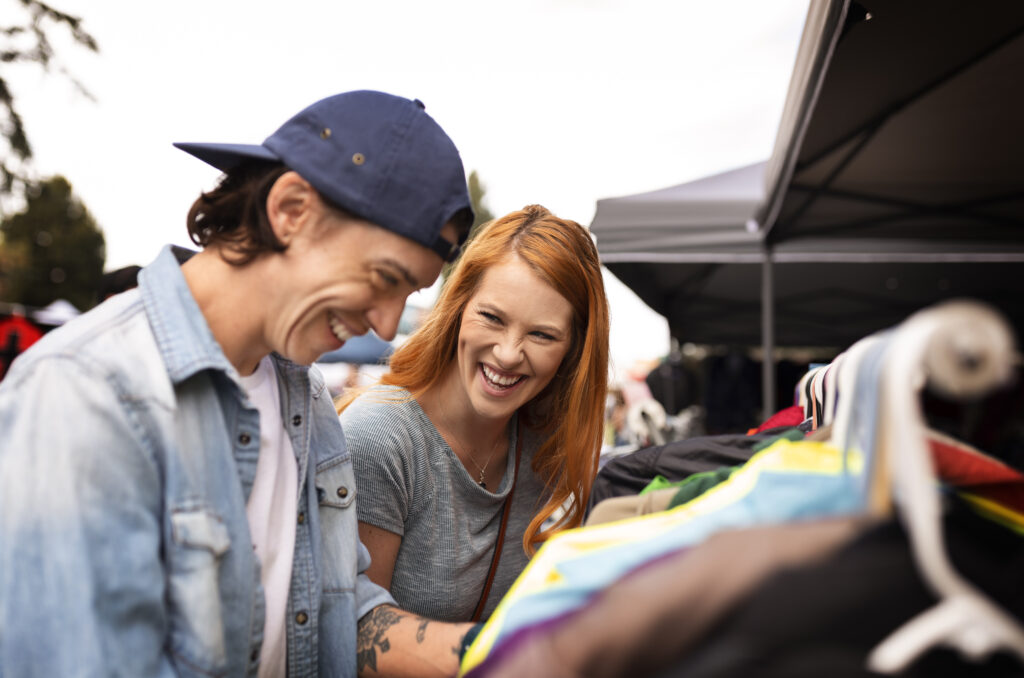
Alternative platforms
There are also pioneering e-commerce platforms and sites where you can find unique items such as Vestiaire Collective, Vinted, EcoFashion, Vintag, and Rebelle, to name a few.
Therefore, today, there is a new kind of activism using the concept of reuse and recycling, and more and more companies and consumers are converting, as we see in the McKinsey & Business of Fashion report according to which circularity will be one of the dominant themes in the coming years.

It shouldn’t be surprising to consider that fashion is constantly looking for something new, especially in a world where we find ourselves battling gigantic problems such as overproduction and the disposal of unsold garments.


